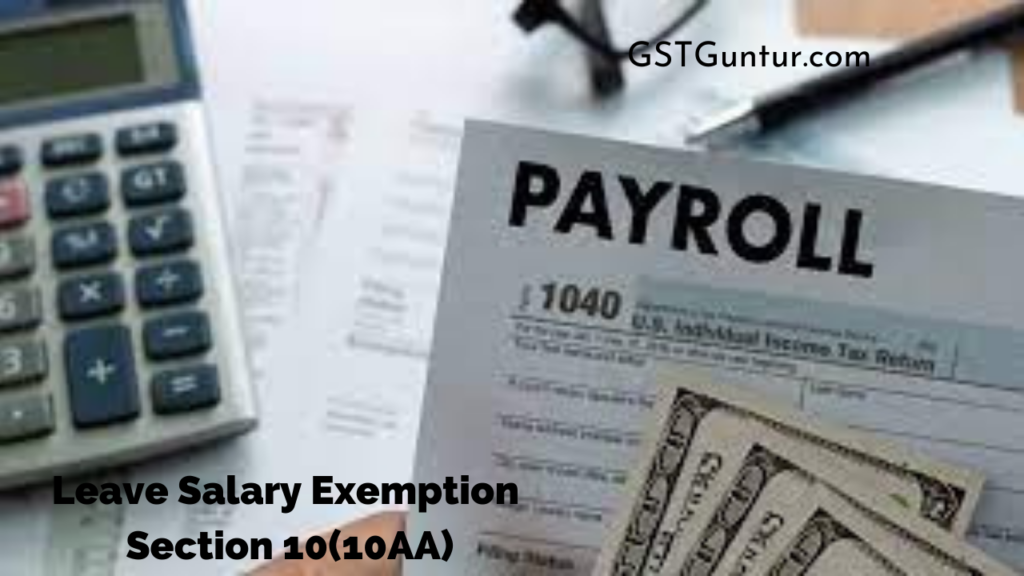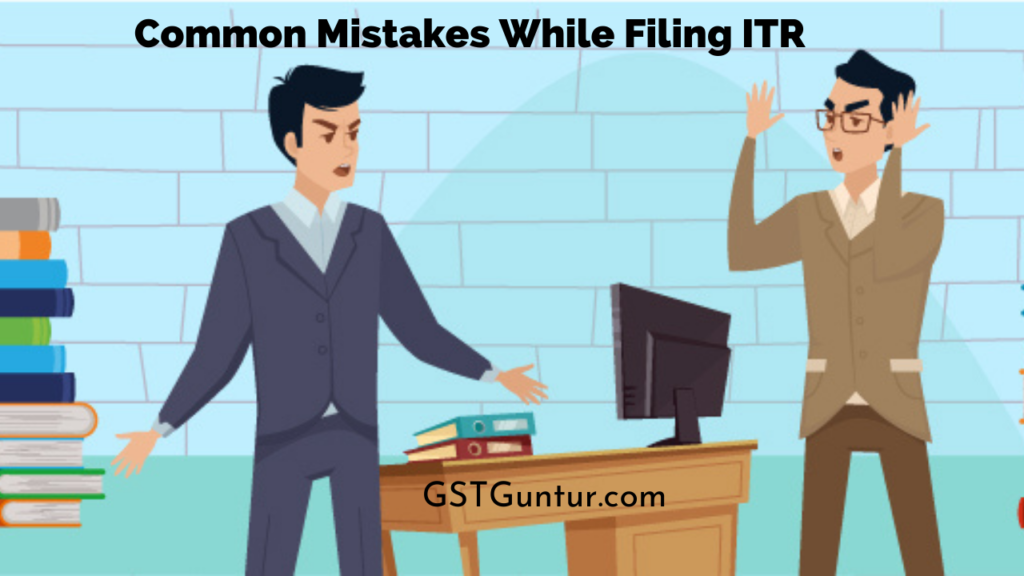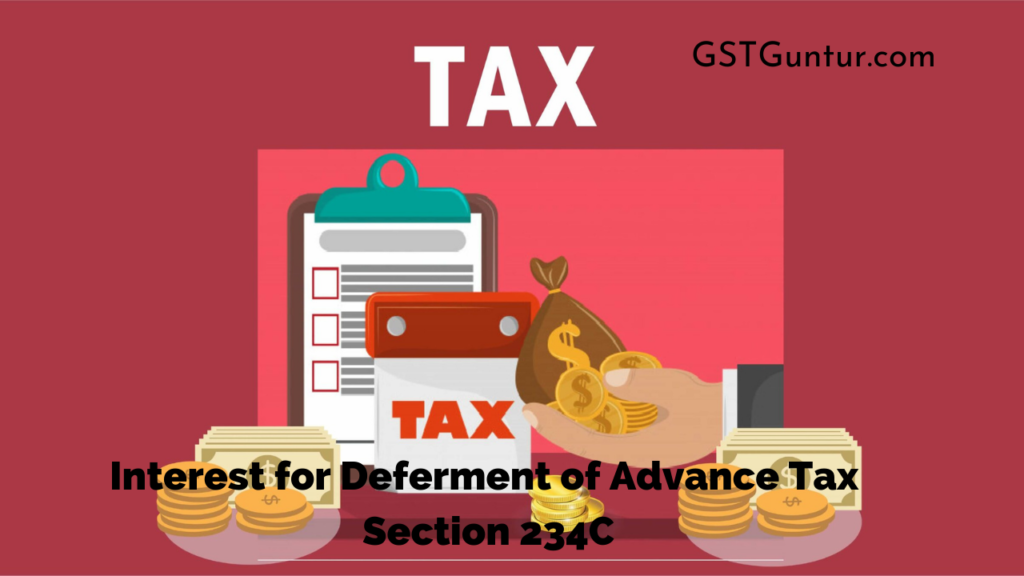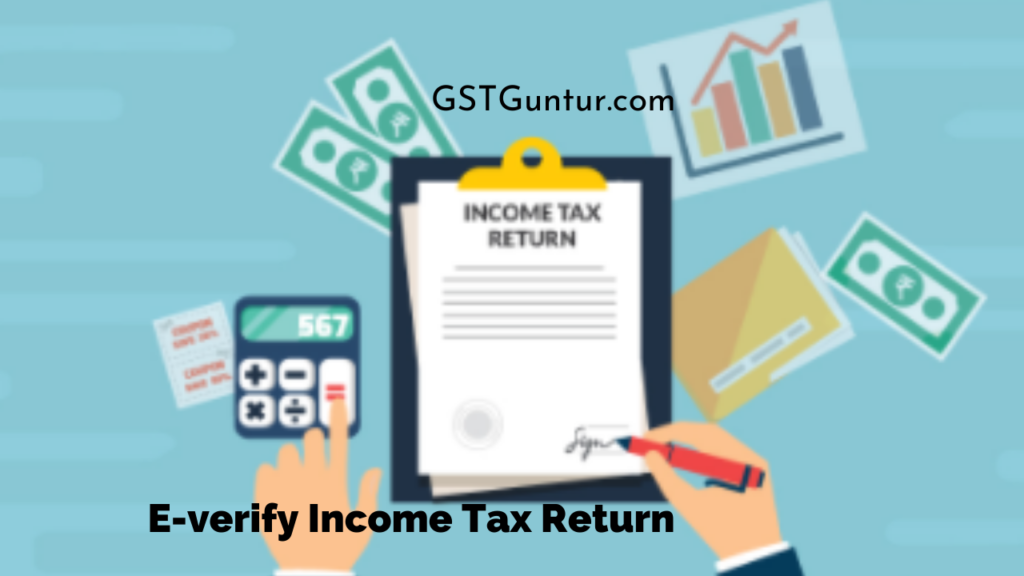Taxability of Medical Facilities and Expenses
Taxability of Medical Facilities: A medical allowance is a set amount granted to employees as a stipend. Employees are paid regardless of whether or not they produce the requisite bills to establish that an expense occurred. This monthly fixed pay is taxed.
- What is Medical Allowance, and How Does It Work?
- Allowance for Medical Treatment and Reimbursement for Medical Treatment
- Taxation for Medical Facilities
- Additional Details About Taxability of Medical Facilities
What is Medical Allowance, and How Does It Work?
Medical allowance is a monthly stipend granted to employees of a company regardless of whether they present bills to verify their expenses or not. On the other hand, medical reimbursement is a payment paid to employees in exchange for specific medical bills supplied by them, subject to eligibility.
If employees want to claim tax benefits, they must submit monthly medical reimbursement bills for the appropriate amount. Medical allowance is not classified as an exemption allowance under the IT Act of 1961. As a result, a medical allowance is a monthly set compensation supplied by a fully taxable employer. Medical reimbursement allows employees to claim a tax advantage of up to 15,000 INR in India (payments for bills).
Allowance for Medical Treatment and Reimbursement for Medical Treatment
Many people confuse the terms “medical reimbursement” and “medical allowance,” assuming they imply the same thing. However, according to the Income Tax Act of 1961, the terms cover various tax regimes. According to experts, the ideal terminology for an employee’s medical component of their income should be “medical reimbursement” rather than “medical allowance,” because the allowance is taxable in certain circumstances unless specifically exempted.
Section 80D of the Income Tax Act provides medical reimbursement, with a maximum limit of 15,000 INR per year. If an employee fails to submit bills for medical reimbursement on time, 30 percent of the 15,000 INR becomes taxable income.
Employees, on the other hand, can recoup 30% of the sum when filing tax returns. Auditors and IT department investigators are on the lookout for medical reimbursement. After employees present original bills to claim tax exemption, employers’ responsibility is to provide a medical refund. TDS-related fines may apply if an employer fails to deduct taxes on an amount for which no bills have been provided.
Taxation for Medical Facilities
The taxable value of medical facilities provided by an employer to his employee is computed as follows:
- Care in an employer-maintained hospital – Medical treatment offered to an employee or any of his family members in an employer-maintained hospital is not taxed.
- Medical treatment provided to an employee or any of his family members in a hospital maintained by the government, a local authority, or any other hospital approved by the government is not tax-deductible.
- Care of a prescribed disease at a hospital approved by the Chief Commissioner – Medical treatment provided to an employee or any of his family members in a hospital supported by the Chief Commissioner for diseases listed in Rule 3A is not subject to tax.
- Employer-paid health insurance premiums – Any amount of a dividend paid by an employer to keep a health insurance policy in place for his employee or any of his family members under a scheme recognised by the Central Government or IRDA for section 36(1)(ib) is not taxable.
- Employer-paid health insurance premiums – Any amount of a premium paid by an employer to keep a health insurance policy in force for his employee or any of his family members under a plan recognised by the Central Government or the IRDA for section 80D is not taxable.
- Other medical costs – Up to Rs 15000/-, any sum spent by the employer in respect of an employee’s medical treatment or the treatment of any of his family members
- Medical care outside of India – Medical treatment for an employee or a member of his family. Or, to the extent permitted by RBI, the employee, any of his family members, and one attendant are excluded from travel and stay overseas. The exemption is only possible if the employee’s gross total income before incorporating this expense does not exceed Rs 2,00,000/-.
Additional Details About Taxability of Medical Facilities
- A dispensary, a clinic, or a nursing home are all part of a hospital.
- Spouses and children of that individual, parents, brothers and sisters of that individual, or any of them totally or primarily reliant on the individual are considered family.










